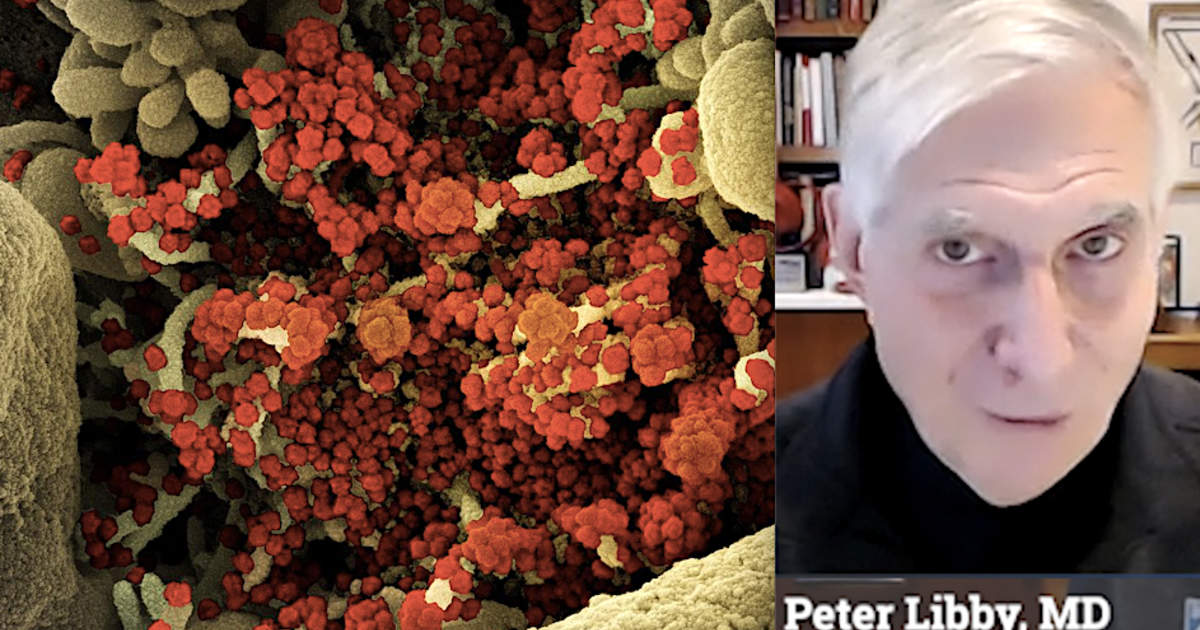Infection
Do infections cause heart attacks? Lessons from COVID
He said the cytokines can activate the inflammatory cells in coronary plaques that otherwise would be in a resting phase. This has been tested in animal studies where remote infections created increased inflammatory response in atherosclerotic plaques that was very remote from the source of the infection.
“We also have pretty robust literature showing that, for example with influenza, you harvest some coronary events in the wake of an acute viral infection, Libby said.
The pandemic spurred a massive amount of research on the association of COVID infection with just about every biological process, resulting in more research focused on a specific viral pathogen than any other in just four years. Many researchers have said this focus on COVID has opened their eyes to how these biological processes and impacts may be all around us with other types of infection that went somewhat unnoticed because the numbers of impacted patients has been relatively low and dispersed across the national healthcare system.
Libby’s research on COVID clotting mechanisms
Libby presented on mechanism for COVID’s proclivity for vascular beds at the 2022 American Heart Association (AHA) meeting. Libby also has been a major researcher in the role of inflammation in vascular diseases, and early on saw COVID-19 as a vascular disease as much as it is a respiratory virus. He explained one of main mechanisms that caused clotting inside blood vessels throughout the body in COVID patients.
“What we learned early on is that when we activate these pathogen-associated molecular patterns (PAMPs), we trigger a coordinated series of changes in the endothelial surface,” he said of the research presented at AHA last fall. “There are only a few surfaces, synthetic or natural, that can maintain blood in a liquid state in prolonged contact. When we expose the endothelial lawyer of blood vessels to these PAMPs, we flip from the hemostatic, anticoagulant, pro fibrinlytic, anti-inflammatory, vasodilatory set of functions of a normal endothelium to just the opposite,” Libby explained.
Find our more on Libby’s research in the VIDEO: Why does COVID-19 damage vascular beds?
Find more cardiology related COVID content.

